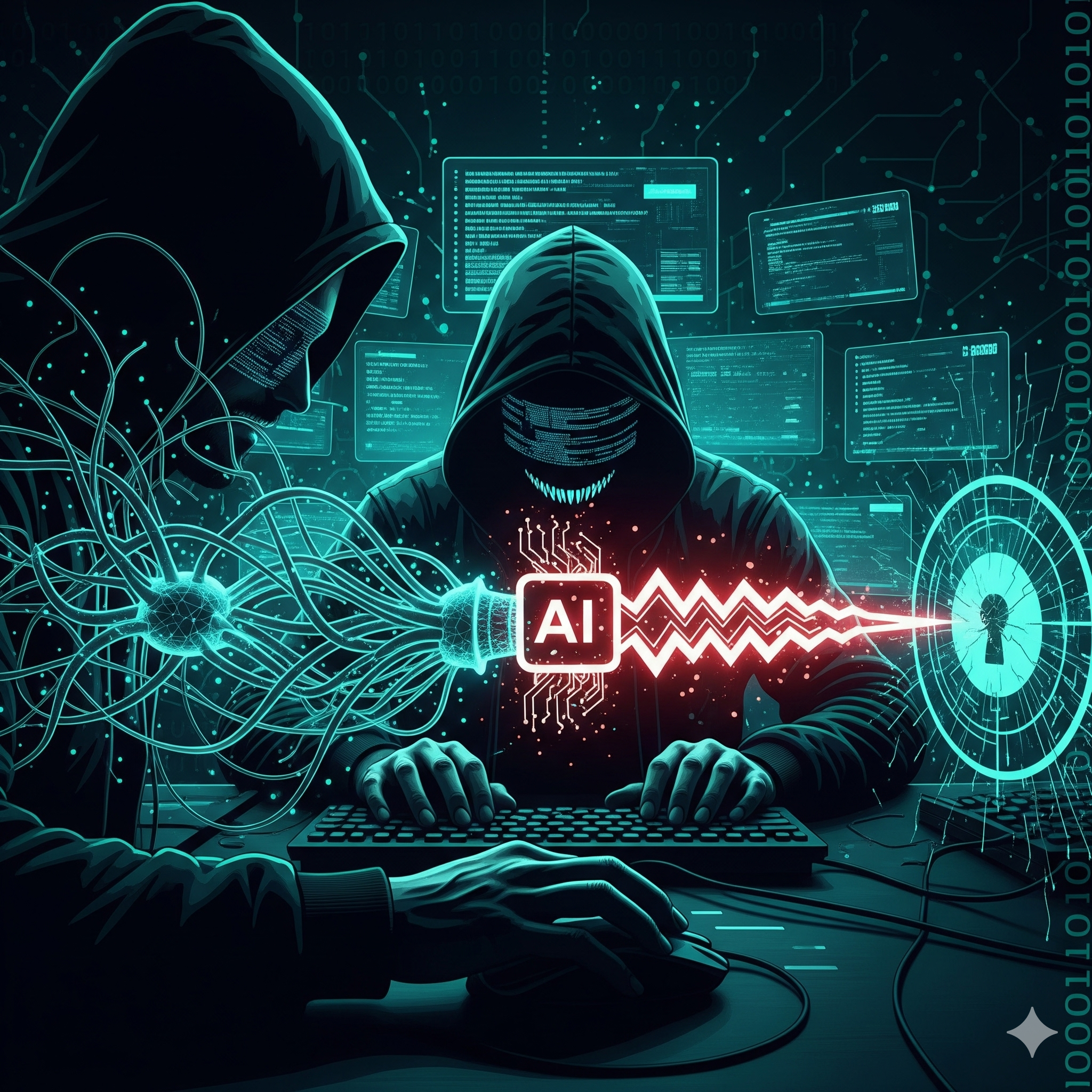
Have you ever heard of Capture The Flag (CTF) challenges? If not, let me introduce you to one of the most engaging and dynamic aspects of the cybersecurity world!
What Are Capture The Flag Challenges?
CTF challenges simulate real-world scenarios that cybersecurity professionals might encounter, making them an excellent training ground for both beginners and experienced individuals in the field. They are designed to test and enhance their participants’ skills in various areas of cybersecurity, including cryptography, reverse engineering, web exploitation, and network analysis.
In a typical CTF challenge, participants are presented with a series of puzzles, tasks, and vulnerabilities that they need to solve or exploit in order to obtain “flags”. These flags are then submitted to an online platform to earn points. Participants need to think creatively, analyse code or systems, decode encrypted messages, discover hidden vulnerabilities, and collaborate with their teammates to solve challenges and obtain flags.
Benefits Of Capture The Flag Challenges:
Learning Opportunities:
CTFs provide a dynamic and practical learning environment that builds your skills, knowledge, and confidence in the realm of cybersecurity. Most of the challenges simulate real-world cybersecurity scenarios, which means they provide practical experience in identifying vulnerabilities, exploiting weaknesses, and defending systems. The puzzles require creative problem-solving, so you’ll learn how to dissect these problems, break them down into manageable parts, and find effective solutions.
CTFs cover a wide range of topics, ranging from cryptography and web security to network analysis and binary exploitation. This diversity ensures that you will develop a well-rounded skill set, and gain a wide range of experience. Whether you’re a beginner or an experienced professional, participating in CTF challenges can have a profound impact on your ability to protect critical systems.
Engagement in the Cybersecurity Community:
CTFs foster a sense of community within the cybersecurity field; many CTFs are held at conferences, online platforms, or are organised by cybersecurity communities. This allows participants to connect with like-minded individuals, share knowledge, and compete in a friendly yet competitive environment. The challenges also commonly incorporate cutting-edge technologies and vulnerabilities, which helps participants to keep up-to-date with the latest trends and threats in the cybersecurity landscape.
What Do You Need To Be Able To Participate In CTF’s?
Anyone can participate in CTF’s – they are open to beginners and experts in the world of cybersecurity. Here’s a list of commonly used software requirements to help you get started:
Operating System:
- Linux: Many CTF challenges are designed for Linux environments. Ubuntu, Kali Linux, or any other Linux distribution will be useful.
- Windows: Some specific challenges may be targeted for Windows environments.
Virtualisation Software:
- VirtualBox or VMware: These tools allow you to create virtual machines for running different operating systems and environments.
Text Editor/IDE:
- Visual Studio Code, Sublime Text, or any other text editor: Useful for scripting, coding, and examining code snippets.
Terminal Emulator:
- Linux: Built-in terminal or tools like Terminator, Guake.
- Windows: PowerShell, Windows Subsystem for Linux (WSL), or third-party terminal emulators.
Network Analysis Tools:
- Wireshark: For capturing and analysing network traffic.
- Tcpdump: Command-line packet analyser.
Programming Languages and Tools:
- Python: Widely used for scripting and automation.
- gcc or g++: Compilers for C/C++ challenges.
- Java or Ruby: Depending on the challenge requirements.
Cryptography Tools:
- Cryptool, GnuPG, OpenSSL: Tools for working with cryptographic algorithms and keys.
Reverse Engineering Tools:
- GDB (GNU Debugger): For analysing and debugging compiled code.
- IDA Pro, radare2, Ghidra: For more advanced binary analysis and reverse engineering.
Exploitation Tools:
- Metasploit: Framework for developing, testing, and executing exploit code.
- Immunity Debugger, OllyDbg: Tools for analysing and debugging exploits.
Version Control:
- Git: For tracking changes in your code and collaborating with teammates.
Miscellaneous Tools:
- Hashcat: Tool for password cracking and hash analysis.
- SQLMap: Used for automated SQL injection and database exploitation.
- Burp Suite or OWASP ZAP: Web application security scanners.
Containerisation Tools (optional):
- Docker: Useful for creating isolated environments for challenges.
- Docker Compose: For managing multi-container applications.
The specific tools you’ll need can vary depending on the type of CTF challenge you’re participating in. It’s a good idea to familiarise yourself with these tools and their usage before diving into CTF challenges. Some CTFs provide a list of recommended tools or have specific tools they want participants to use, so check any guidelines provided by the CTF organisers too.
Popular Websites For Capture The Flag Challenges
Here’s a list of some of the most popular websites where you can find and participate in CTF challenges:
CTFtime:
- A platform that hosts information about upcoming CTF events, allowing you to discover and participate in various challenges from around the world.
Hack The Box (HTB):
- An online platform that offers a range of CTF-style challenges, including both beginner-friendly and advanced challenges.
TryHackMe:
- A platform focused on learning cybersecurity through hands-on challenges and rooms, suitable for beginners and experienced individuals.
PicoCTF:
- An educational CTF platform designed for beginners, offering a wide range of challenges to teach and reinforce cybersecurity concepts.
OverTheWire:
- Offers a variety of war games focused on different aspects of cybersecurity, including cryptography, web security, and more.
Root Me:
- A platform with a collection of challenges covering various topics such as web exploitation, cryptography, and reverse engineering.
VulnHub:
- Provides downloadable virtual machines with intentionally vulnerable environments for you to practice your skills in a safe setting.
RingZer0 Team Online CTF:
- Offers a range of challenges in categories like cryptography, web, reverse engineering, and more.
MicroCorruption:
- Focuses on reverse engineering embedded systems by providing interactive challenges involving assembly language.
These platforms offer a variety of challenges suited for both beginners and advanced users. Participating in challenges on these platforms can significantly enhance your skills and knowledge in cybersecurity, whilst also providing an engaging and rewarding learning experience.
Conclusion
Capture The Flag challenges can greatly enhance your skills and knowledge in the realm of cybersecurity, making them one of the most important tools for development in this field. They offer a unique blend of practical learning, problem-solving, and exposure to diverse scenarios, all of which contribute to your growth as a cybersecurity enthusiast or professional. This article has aimed to give you a solid foundation from which you can go and give the challenges a go. There’s no time like the present…good luck!
To keep up to date with all things cyber, check out our other blogs, or follow our LinkedIn.





